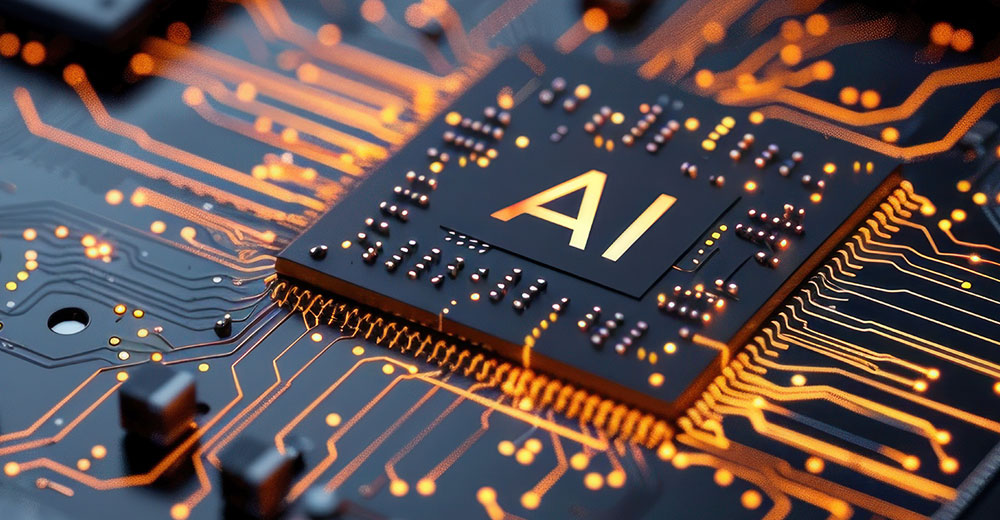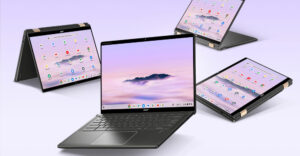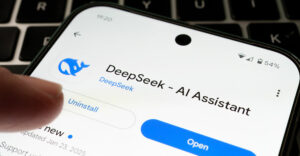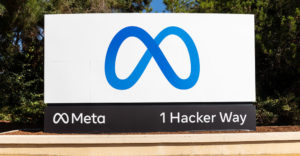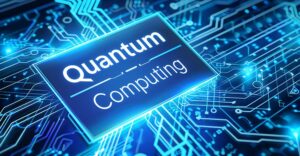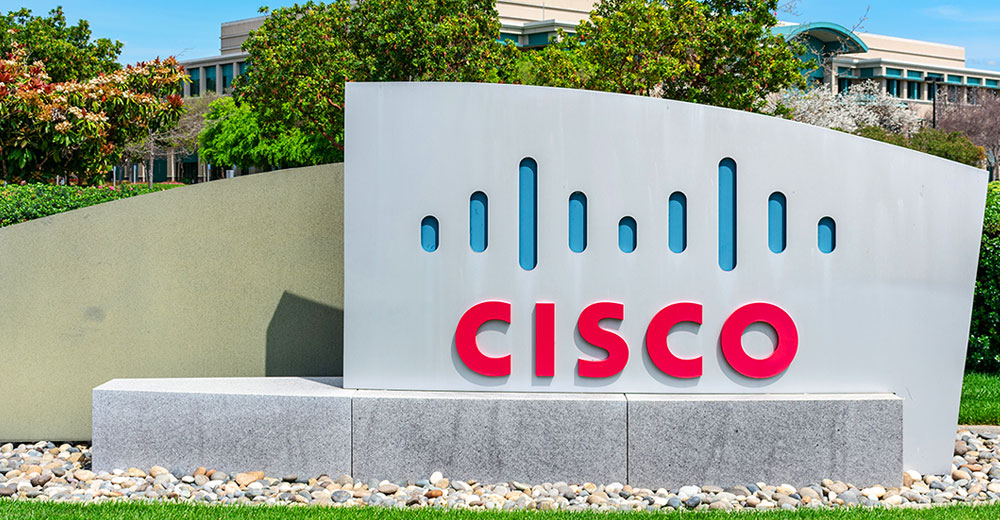Although AI-capable PCs were introduced in the middle of the second quarter, they still captured 14% of global shipments, according to a report released Tuesday by research firm Canalys.
Canalys reported that 8.8 million AI-capable PCs were shipped during the period, 40% running Microsoft Windows and 60% running macOS.
Canalys defines an AI-capable PC as a desktop or notebook that includes a chipset or block for dedicated AI workloads, such as a neural processing unit (NPU).
With all major processor vendors’ AI-capable PC roadmaps now well underway, the report noted, the stage is set for a significant ramp-up in device availability and end-user adoption in the second half of 2024 and beyond.
“The second quarter of 2024 added significant momentum to the expansion of AI-capable PCs,” Canalys Principal Analyst Ishan Dutt said in a statement.
“June saw the launch of Copilot+ PCs incorporating Qualcomm’s Snapdragon X series of chips, based on Arm architecture,” he continued. “While shipment volumes in the quarter were relatively small due to the limited weeks and geographical coverage of availability, the broad commitment of Windows OEMs to adopt these products into their portfolios bodes well for the category’s outlook.”
“With a strong foundation now set, AI-capable PC shipments are poised to gain further traction in the second half of 2024,” he added.
AI-PC Market Growth Driven by Supply
Dutt explained that processor vendors and OEMs are set to target a wider base of customers through new product category availability across more price points, while channel partners are signaling a preference for AI-related features in PCs. He noted that close to 60% of respondents in a May poll indicated that they expect customers to favor devices with a Copilot key.
“The market performance of AI-capable PCs has largely aligned with expectations, and the industry remains on track to ship around 44 million units in 2024 and 103 million units in 2025, according to Canalys forecasts,” he added.
Mikako Kitagawa, director and analyst with Gartner, a research and advisory company based in Stamford, Conn., asserted that OEMs have shown a strong commitment to AI-capable PCs. However, she acknowledged to TechNewsWorld, “The AI PC trend is supply-led, not demand-led.”
“The recent rise of AI-capable PCs represents the hardware industry trying to solve the chicken-and-egg problem by providing a large installed base for application developers to target,” said Dev Nag, CEO and founder of QueryPal, an enterprise chatbot based in San Francisco.
“There aren’t a ton of mainstream applications that need NPUs yet — as opposed to, say, GPUs — but there are a number of compelling possibilities that these vendors are hoping to kickstart,” he told TechNewsWorld.
Possibilities cited by Nag included local real-time video enhancements for video calls, advanced photo editing, real-time language translation, and productivity enhancements like intelligence document summarization and advanced search on local files.
Application Shortage Slowing Adoption
“OEMs are cautiously optimistic,” Nag said. “They see the potential for a broad upgrade wave and are also interested in staying strategically aligned with Microsoft.”
“They’re naturally focused on integrating NPUs into the high-end and business-focused markets first, before the broader consumer market,” he added.
There were signs of that in the Canalys report, which revealed that AI-capable PC penetration into the above US$800 Windows PC market doubled from Q1 to Q2, 7% to 14%.
Nag predicted, “We’ll likely see a gradual increase in AI PC market share to the mid to high 20% level next year, but the lack of applications will slow adoption.”
“If the application market starts to move towards taking advantage of this hardware,” he continued, “we could see the first ‘killer apps’ driving faster adoption in 2025.”
Much of that early adoption will likely come from the enterprise. “Large enterprises will probably be the fastest segment to adopt AI PCs going forward because many AI tasks will move from the cloud to local,” Kitagawa explained. “Large enterprises prefer that way, making AI PCs more useful.”
Dazed and Confused Consumers
While enthusiasm for AI-capable PCs has been strong for vendors, it’s been less so for consumers. “So far, consumer reaction to the AI PC has been tepid,” said Andrew Hewitt, a principal analyst with Forrester, a market research company headquartered in Cambridge, Mass.
He cited a recent Forrester study conducted during this year’s second quarter, which found that more than half of U.S. consumers do not know what an AI PC is.
“There is still considerable confusion when it comes to understanding how the AI PC is different from the traditional PC,” he told TechNewsWorld. “In my opinion, this is because the average consumer is not aware of the nuances between a CPU, GPU, and the newly available neural processing unit [NPU], which is one — but not the only — hallmark of an AI PC.
“The average user is also likely to associate generative AI tools like ChatGPT and Copilot with an AI PC, rather than a change in the hardware.”
Nag added that most people who buy Apple laptops are probably unaware that their purchases are AI-capable with Apple’s Neural Engine, let alone considering app compatibility as a driver of selection.
“Microsoft’s introduction of the Copilot Key for AI-capable PCs earlier this year is likewise not something that the market is clamoring for, yet, but an attempt to lead the market towards a vision,” he said.
He added that some early adopters have been skeptical about potential gatekeeping around AI-dedicated NPUs when many GPUs are capable of equivalent or even higher AI compute performance. “But outside of those early adopters,” Nag said, “the reaction has been less confusion than inattention. Apps will drive broad user awareness more than hardware.”
More Marketing Hype Than Functionality
Hewitt agreed that the enterprise will drive most of the adoption of AI PCs. But we don’t see the real opportunity for mass adoption until 2025 when many companies will be undertaking or completing their Windows 10 to 11 migration to meet the end-of-life deadline for Windows 10,” he said.
“According to our report, we see many of these use cases surrounding personas like creatives, developers, and data scientists who will benefit most from apps that can take advantage of the NPU,” he added.
HP Newquist, executive director of The Relayer Group, a science and technology exhibition company in New York City and author of “The Brain Makers: Genius, Ego & Greed In The Quest For Machines That Think,” argues that, at this stage, the AI PC is a marketing tactic and little more.
“Manufacturers are preloading basic PCs with a variety of new AI products, typically apps that have been built on large language models like OpenAI’s ChatGPT,” he told TechNewsWorld. “In some cases, additional processing power has been added, much like you’d find on gamers’ PCs.”
“Microsoft’s AI PC offering, which is being touted by companies like Dell and HP, has Copilot integrated with Windows, so it’s essentially part of the operating system,” he explained, “but Copilot is also available on the internet to any Microsoft user, so it’s not necessarily a feature limited to AI PCs.”
“The inclusion of high-powered AI processors on these machines, which Microsoft calls neural processing units, is more a speed function at this point than an actual AI enhancement,” he continued. “Until more AI apps are able to be run locally — and not rely on massive amounts of cloud power and storage — the AI processors won’t be utilized to their fullest potential. The apps will still be tapping into the internet for much of their processing.”
“At this stage, building a PC with that kind of processing power is like building an eight-lane highway for mopeds,” he added. “The highway is ready, but the mopeds can’t tear up the roads because they’re not designed for that kind of speed.”

